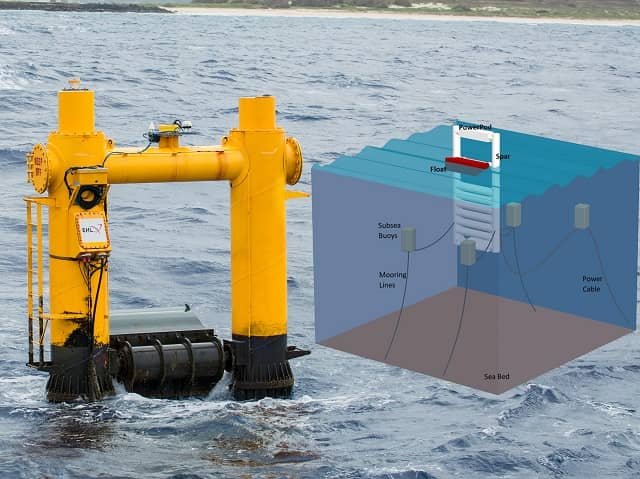By Joseph Murphy
USA.- The Coalition to Support Iowa’s Farmers (CSIF) Aquaculture Conference in Ames featured speakers from across the country and here in Iowa that are seeing success in the industry.
About 250 people attended the conference dedicated to informing Iowa farmers about opportunities in aquaculture. The third installment of the conference featured speakers that gave valuable advice for those looking to wade into the industry or take the full plunge.
“There’s a lot of interest for the people of Iowa to advance aquaculture and there’s a big market for soybeans right here in our own state,” Chuck White, Iowa Soybean Association (ISA) director from Spencer, said after attending the conference. “It’s an opportunity for all Iowa farmers if they have the interest.”
The event, co-sponsored by Iowa State University and the North Central Regional Aquaculture Center, included information on the economics of aquaculture, rules and regulations for fish farms, permits needed to buy and sell fish and shrimp, marketing, production systems, water chemistry and fish health.
Carole Engle, Ph.D., of Engle-Stone Aquatic$ of Strasburg Virginia, was the keynote speaker at the conference and has more than 35 years of experience in aquaculture research, extension and teaching. She has also published more than 110 scientific articles, four books and more than 80 extension publications on the subject of aquaculture.
She told the group they need to develop a comprehensive business plan that examines all of the costs and doesn’t overestimate yields. She was also one of several speakers that cautioned those interested in fish farming there can be financial riptides in the industry.
“They may look at the yields researchers get and those aren’t going to play out over a whole commercial production,” she said about researching the industry. “They also tend to underestimate the costs so they need to think carefully about everything that could go wrong and be very conservative in their planning and estimating.”
Stay Always Informed
Join our communities to instantly receive the most important news, reports, and analysis from the aquaculture industry.
Success in aquaculture is about weathering the cash flow tide according to Engle.
“It is capital intensive. Which means there is a lot of upfront investment,” she said. “It takes two to three years to gear up and make profits and to do that; you have to survive those early years. It doesn’t matter how profitable the end business is going to be. If you can’t pay your bills in years one and two, the bank is going to shut you down.”
Brian Waddingham, executive director of CSIF, said aquaculture has become an emerging opportunity that more and more farmers are looking at to grow their operations.
“Aquaculture is a way for farmers to diversify and grow, especially at a time when commodity prices are low and acquiring land can be cost prohibitive,” he said. “There is unlimited potential for the growth of aquaculture based on the population in the world. We are working with a lot of livestock farmers that are looking for diversity with fish or shrimp.”
Waddingham said the conference offered producers the chance to educate themselves on the numerous options in the aquaculture industry.
“The real take away is that there is opportunity. Although cautiously optimistic is the best way to describe it,” he said. “If you do your homework, ask the right questions and start small, opportunities are out there for everybody.”
Farmers cultivating the sea of soybeans here in Iowa invested in aquaculture by funding the Soy Aquaculture Alliance (SAA) through the soybean checkoff in 2011. Those investments have connected the supply and demand sides of the soybean industry to build businesses and conduct research on feed rations.
“Aquaculture is an exciting industry for the state of Iowa and it’s exciting for the soybean industry as well,” Grant Kimberley, ISA director of market development, told the crowd at the conference. “The SAA works to foster growth opportunities for aquaculture in the U.S. and looks to develop more ways to utilize soy in the feed ration of the various fish species grown here in the U.S. and around the world.”
Source: Soybean News
Editor at the digital magazine AquaHoy. He holds a degree in Aquaculture Biology from the National University of Santa (UNS) and a Master’s degree in Science and Innovation Management from the Polytechnic University of Valencia, with postgraduate diplomas in Business Innovation and Innovation Management. He possesses extensive experience in the aquaculture and fisheries sector, having led the Fisheries Innovation Unit of the National Program for Innovation in Fisheries and Aquaculture (PNIPA). He has served as a senior consultant in technology watch, an innovation project formulator and advisor, and a lecturer at UNS. He is a member of the Peruvian College of Biologists and was recognized by the World Aquaculture Society (WAS) in 2016 for his contribution to aquaculture.



